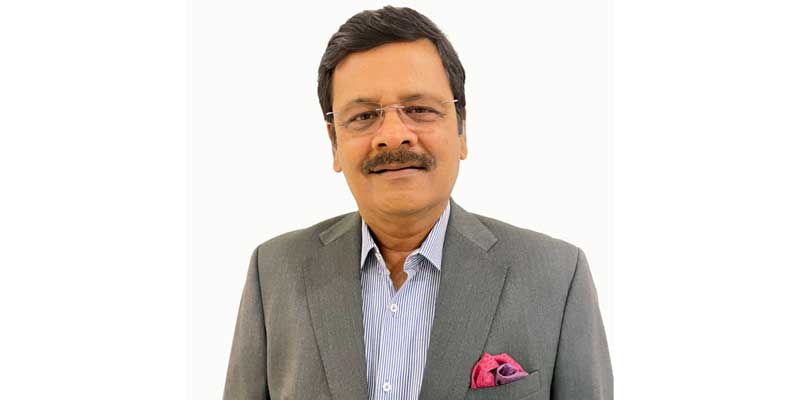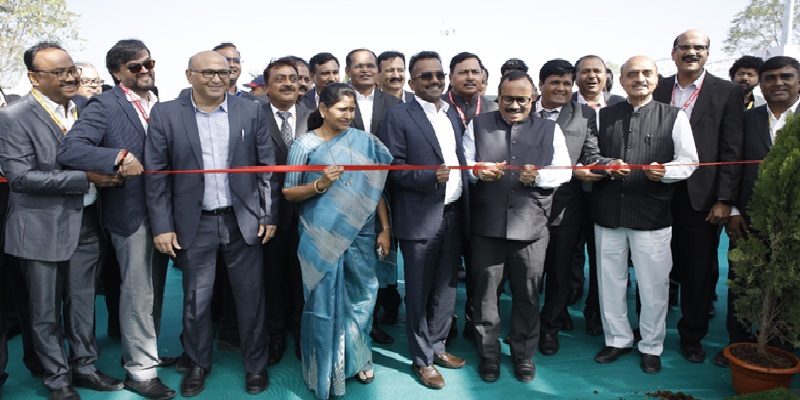Schedule a Call Back
Effective regulation is the key to fight counterfeiting: Manoj Kochar
 Interviews
Interviews- Oct 18,24

Related Stories

EV transition and tariff wars redefine India’s auto components play
India’s auto component industry is poised to hit $ 145 billion by FY30 from $ 80 billion in FY25. Yet high US tariff, EV transition and heavy reliance on imports from China expose vulnerabilities,..
Read more
Tata Chemicals Arm to Acquire Novabay Premium Bicarbonate AP
Tata Chemicals’ unit TCIPL will acquire Novabay, a premium sodium bicarbonate maker in Asia-Pacific, strengthening TCL’s specialty portfolio and capacity to serve pharmaceutical and food custome..
Read more
NEI Intensifies Anti-Counterfeiting Drive, Seizes Fake NBC Bearings Worth Rs 20M
NEI, part of CKA Birla Group, conducted coordinated raids in Delhi and Bengaluru, seizing counterfeit NBC bearings and stamping equipment worth over Rs 20 million.
Read moreRelated Products

Fanless Industrial Pc for Smart Manufacturing
CONTEC Launches BX-M4600 Series - Fanless Industrial PC for Smart Manufacturing.















